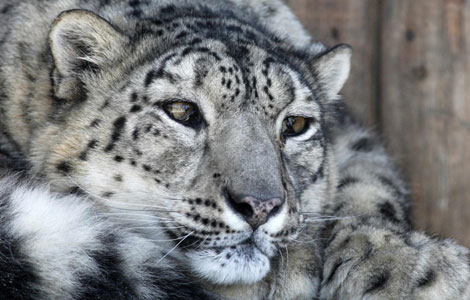 |
|
|
|
|||||||||||
BEIJING - China overtook the United States as the world's biggest market for art and antiques last year, ending decades of American domination, according to a report published on Friday.
The historic turning point is also an important indicator of seismic shifts in the wider global economy, said "The International Art Market in 2011," released by the European Fine Art Foundation, organizers of the European Fine Art Fair.
China's share of the global art market rose from 23 percent in 2010 to 30 percent last year, pushing the United States to second place with a share of 29 percent, it said.
The United Kingdom's art market, which was overtaken by China's in 2010, remained third with a 22-percent market share while France was a distant fourth with a share of 6 percent.
Fast growth in China's art market, particularly in the modern and contemporary sectors, led a continuing strengthening in the art and antiques market worldwide in 2011.
Sales of art and antiques at auctions in China saw a dramatic rise of 177 percent in 2010 and a further 64 percent increase in 2011, with the modern and contemporary sectors accounting for nearly 70 percent of the market.
With the strong growth in China, the global art market continued to recover last year. The sales revenue grew 7 percent year-on-year last year, but was 63 percent higher than in the crisis-hit year of 2009.
"The dominance of the Chinese market has been driven by expanding wealth, strong domestic supply and the investive drive of Chinese art buyers," said Clare McAndrew, a cultural economist specializing in the fine and decorative art market.
McAndrew said in the report that, although recent economic turmoil has resulted in more cautious buying in the rest of the world, the poor performance of the China's property and stock markets and the lack of investment alternatives has led to a significant amount of substitution into art as an investment.
Wu Ying, iPad, Jeremy Lin, Valentine's Day, Real Name, Whitney Houston, Syria,Iranian issue, Sanyan tourism, Giving birth in Hong Kong, Cadmium spill, housing policy

|

|

|

|

|

|